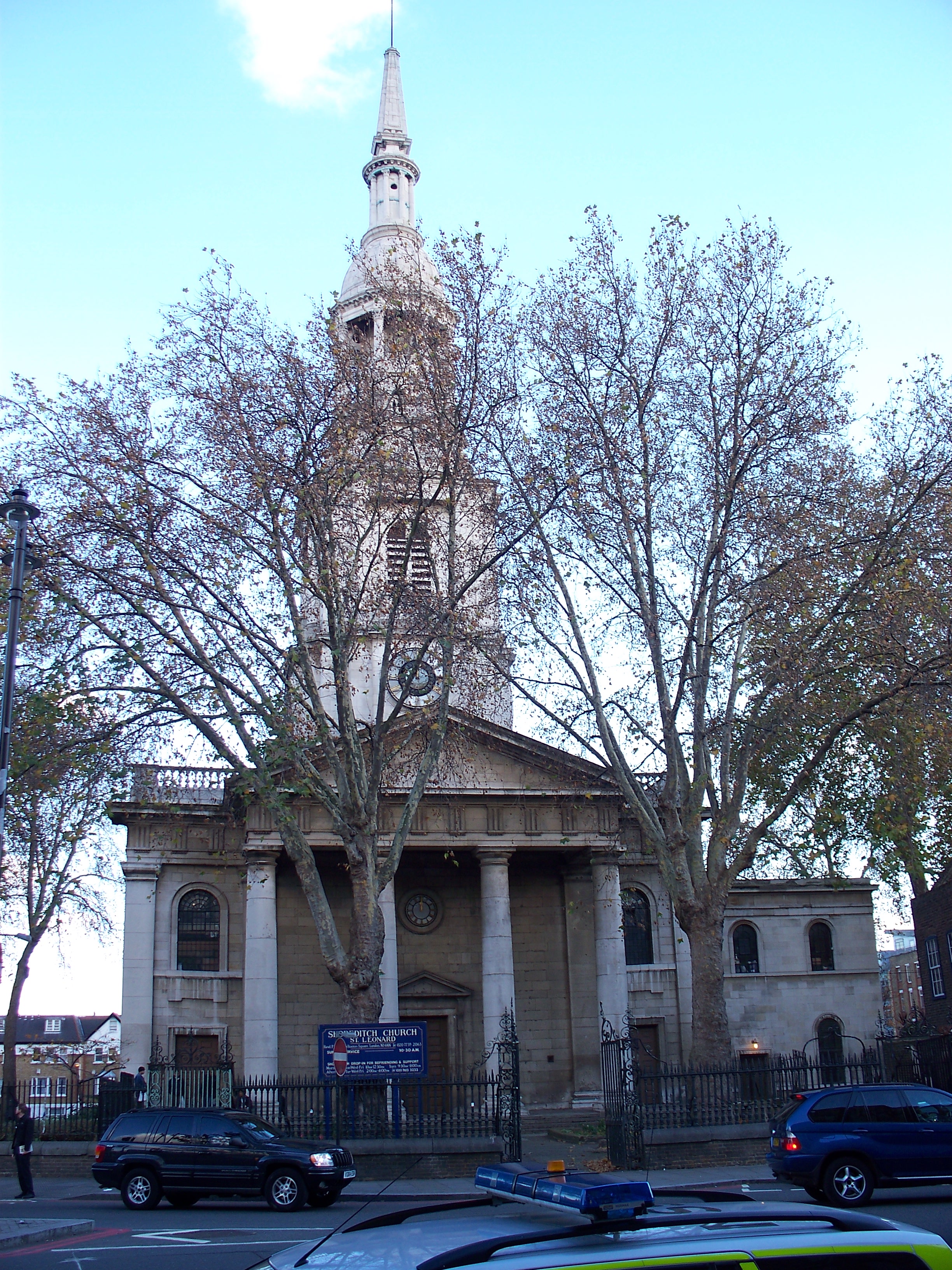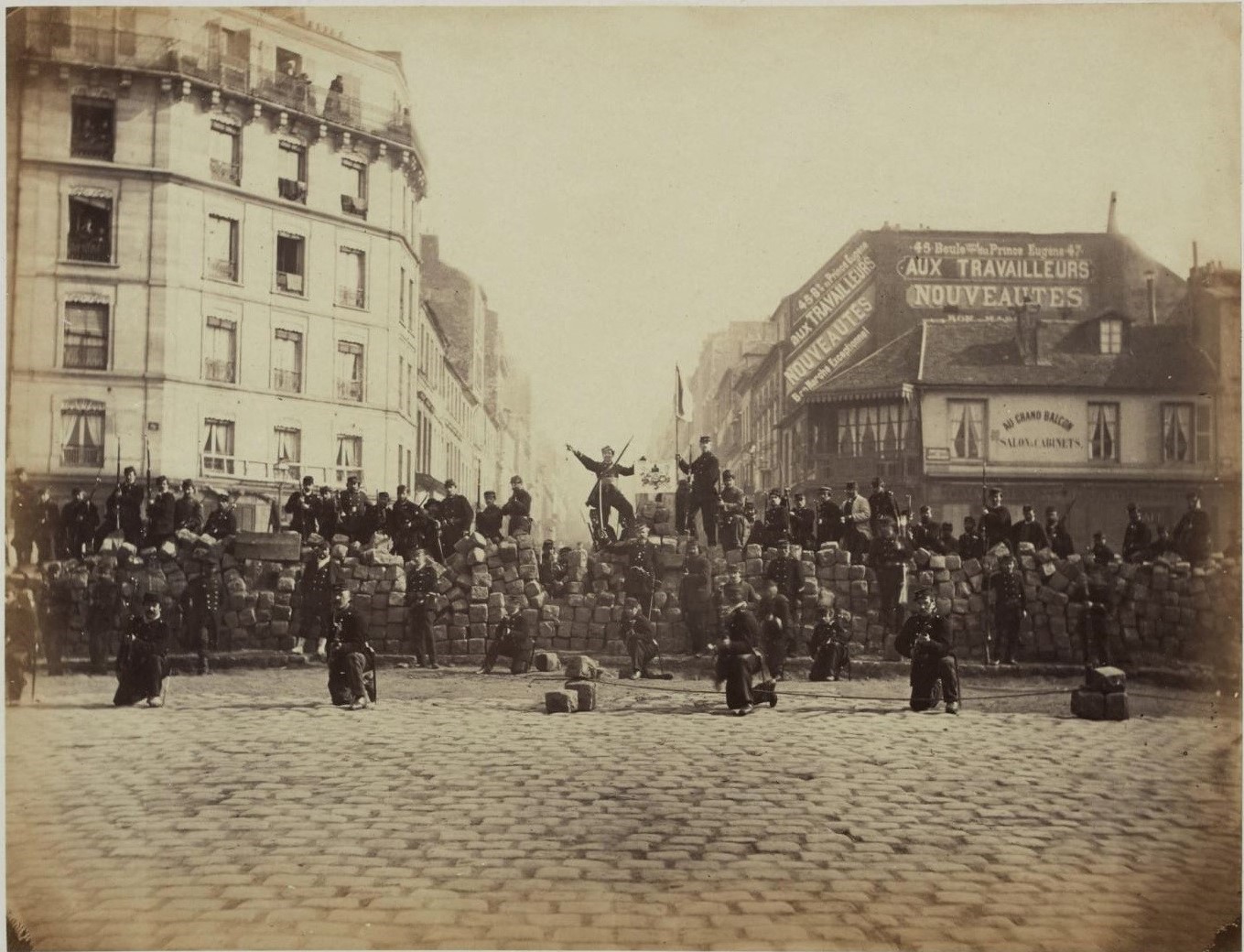|
James Parkinson
James Parkinson (11 April 175521 December 1824) was an English surgeon, apothecary, geologist, palaeontologist and political activist. He is best known for his 1817 work ''An Essay on the Shaking Palsy'', in which he was the first to describe "paralysis agitans", a condition that would later be renamed Parkinson's disease by Jean-Martin Charcot. Early life James Parkinson was born April 11, 1755 in Shoreditch, London, England. He was the son of John Parkinson, an apothecary and surgeon practising in Hoxton Square in London, and the oldest of five siblings, including his brother William and his sister Mary Sedgwick. In 1784 Parkinson was approved by the City of London Corporation as a surgeon. On 21 May 1783, he married Mary Dale, with whom he subsequently had eight children; two did not survive past childhood. Soon after he was married, Parkinson succeeded his father in his practice in 1 Hoxton Square. Politics In addition to his flourishing medical practice, Parkinson had a ... [...More Info...] [...Related Items...] OR: [Wikipedia] [Google] [Baidu] |
Shoreditch
Shoreditch is a district in the East End of London in England, and forms the southern part of the London Borough of Hackney. Neighbouring parts of Tower Hamlets are also perceived as part of the area. In the 16th century, Shoreditch was an important centre of the Elizabethan Theatre, and it has been an important entertainment centre since that time. Today, it hosts many pubs, bars and nightclubs. The most commercial areas lie closest to the city of London and along the A10 Road, with the rest mostly residential. Toponymy Early spellings of the name include ''Soredich'' (c.1148), ''Soresdic'' (1183–4), ''Sordig'' (1204), ''Schoresdich'' (1220–21), and other variants. Toponymists are generally agreed that the name derives from Old English "''scoradīc''", i.e. "shore-ditch", the shore being a riverbank or prominent slope; but there is disagreement as to the identity of the "shore" in question. A suggestion made by Eilert Ekwall in 1936 that the "ditch" might have been one leadi ... [...More Info...] [...Related Items...] OR: [Wikipedia] [Google] [Baidu] |
British House Of Commons
The House of Commons is the lower house of the Parliament of the United Kingdom. Like the upper house, the House of Lords, it meets in the Palace of Westminster in London, England. The House of Commons is an elected body consisting of 650 members known as members of Parliament (MPs). MPs are elected to represent constituencies by the first-past-the-post system and hold their seats until Parliament is dissolved. The House of Commons of England started to evolve in the 13th and 14th centuries. In 1707 it became the House of Commons of Great Britain after the political union with Scotland, and from 1800 it also became the House of Commons for Ireland after the political union of Great Britain and Ireland. In 1922, the body became the House of Commons of the United Kingdom of Great Britain and Northern Ireland after the independence of the Irish Free State. Under the Parliament Acts 1911 and 1949, the Lords' power to reject legislation was reduced to a delaying power. The gov ... [...More Info...] [...Related Items...] OR: [Wikipedia] [Google] [Baidu] |
Shorthand
Shorthand is an abbreviated symbolic writing method that increases speed and brevity of writing as compared to longhand, a more common method of writing a language. The process of writing in shorthand is called stenography, from the Greek ''stenos'' (narrow) and ''graphein'' (to write). It has also been called brachygraphy, from Greek ''brachys'' (short), and tachygraphy, from Greek ''tachys'' (swift, speedy), depending on whether compression or speed of writing is the goal. Many forms of shorthand exist. A typical shorthand system provides symbols or abbreviations for words and common phrases, which can allow someone well-trained in the system to write as quickly as people speak. Abbreviation methods are alphabet-based and use different abbreviating approaches. Many journalists use shorthand writing to quickly take notes at press conferences or other similar scenarios. In the computerized world, several autocomplete programs, standalone or integrated in text editors, based on w ... [...More Info...] [...Related Items...] OR: [Wikipedia] [Google] [Baidu] |
Appendicitis
Appendicitis is inflammation of the appendix. Symptoms commonly include right lower abdominal pain, nausea, vomiting, and decreased appetite. However, approximately 40% of people do not have these typical symptoms. Severe complications of a ruptured appendix include widespread, painful inflammation of the inner lining of the abdominal wall and sepsis. Appendicitis is caused by a blockage of the hollow portion of the appendix. This is most commonly due to a calcified "stone" made of feces. Inflamed lymphoid tissue from a viral infection, parasites, gallstone, or tumors may also cause the blockage. This blockage leads to increased pressures in the appendix, decreased blood flow to the tissues of the appendix, and bacterial growth inside the appendix causing inflammation. The combination of inflammation, reduced blood flow to the appendix and distention of the appendix causes tissue injury and tissue death. If this process is left untreated, the appendix may burst, releasing ba ... [...More Info...] [...Related Items...] OR: [Wikipedia] [Google] [Baidu] |
Activism
Activism (or Advocacy) consists of efforts to promote, impede, direct or intervene in Social change, social, Political campaign, political, economic or Natural environment, environmental reform with the desire to make Social change, changes in society toward a perceived greater good. Forms of activism range from Mandate (politics), mandate building in a community (including writing letters to newspapers), petitioning elected officials, running or contributing to a political campaign, preferential patronage (or boycott) of businesses, and demonstrative forms of activism like Demonstration (protest), rallies, Demonstration (people), street marches, strikes, sit-ins, or hunger strikes. Activism may be performed on a day-to-day basis in a wide variety of ways, including through the creation of art (artivism), computer hacking (hacktivism), or simply in how one chooses to spend their money (economic activism). For example, the refusal to buy clothes or other merchandise from a comp ... [...More Info...] [...Related Items...] OR: [Wikipedia] [Google] [Baidu] |
Ruptured Appendix
Appendicitis is inflammation of the appendix. Symptoms commonly include right lower abdominal pain, nausea, vomiting, and decreased appetite. However, approximately 40% of people do not have these typical symptoms. Severe complications of a ruptured appendix include widespread, painful inflammation of the inner lining of the abdominal wall and sepsis. Appendicitis is caused by a blockage of the hollow portion of the appendix. This is most commonly due to a calcified "stone" made of feces. Inflamed lymphoid tissue from a viral infection, parasites, gallstone, or tumors may also cause the blockage. This blockage leads to increased pressures in the appendix, decreased blood flow to the tissues of the appendix, and bacterial growth inside the appendix causing inflammation. The combination of inflammation, reduced blood flow to the appendix and distention of the appendix causes tissue injury and tissue death. If this process is left untreated, the appendix may burst, releasing ba ... [...More Info...] [...Related Items...] OR: [Wikipedia] [Google] [Baidu] |
Gout
Gout ( ) is a form of inflammatory arthritis characterized by recurrent attacks of a red, tender, hot and swollen joint, caused by deposition of monosodium urate monohydrate crystals. Pain typically comes on rapidly, reaching maximal intensity in less than 12 hours. The joint at the base of the big toe is affected in about half of cases. It may also result in tophi, kidney stones, or kidney damage. Gout is due to persistently elevated levels of uric acid in the blood. This occurs from a combination of diet, other health problems, and genetic factors. At high levels, uric acid crystallizes and the crystals deposit in joints, tendons, and surrounding tissues, resulting in an attack of gout. Gout occurs more commonly in those who: regularly drink beer or sugar-sweetened beverages; eat foods that are high in purines such as liver, shellfish, or anchovies; or are overweight. Diagnosis of gout may be confirmed by the presence of crystals in the joint fluid or in a deposit outsid ... [...More Info...] [...Related Items...] OR: [Wikipedia] [Google] [Baidu] |
Popgun Plot
The Popgun Plot was an alleged 1794 conspiracy by three members of the London Corresponding Society to assassinate King George III by means of a poison dart fired from an airgun. Three members, Paul Thomas LeMaitre, John Smith, and George Higgins, were arrested in late 1794, and Robert Thomas Crossfield in December 1795. All four were acquitted of treason Treason is the crime of attacking a state authority to which one owes allegiance. This typically includes acts such as participating in a war against one's native country, attempting to overthrow its government, spying on its military, its diplo ... in May 1796, on the grounds that the chief witness against them was dead. References Further reading *{{cite book, author=Paul Thomas LEMAITRE, title=High treason! Narrative of the arrest, examinations before the Privy Council, and imprisonment of P. T. L., accused of being a Party in the Pop-Gun Plot, or a pretended Plot to kill the King, etc, url=https://books.google.com/books ... [...More Info...] [...Related Items...] OR: [Wikipedia] [Google] [Baidu] |
George III Of The United Kingdom
George III (George William Frederick; 4 June 173829 January 1820) was King of Great Britain and of Monarchy of Ireland, Ireland from 25 October 1760 until Acts of Union 1800, the union of the two kingdoms on 1 January 1801, after which he was King of the United Kingdom of Great Britain and Ireland until his death in 1820. He was the longest-lived and longest-reigning king in British history. He was concurrently Duke and Prince-elector of Electorate of Brunswick-Lüneburg, Brunswick-Lüneburg ("Hanover") in the Holy Roman Empire before becoming King of Hanover on 12 October 1814. He was a monarch of the House of Hanover but, unlike his two predecessors, he was born in Great Britain, spoke English as his first language and never visited Hanover. George's life and reign were marked by a series of military conflicts involving his kingdoms, much of the rest of Europe, and places farther afield in Africa, the Americas and Asia. Early in his reign, Great Britain defeated France in th ... [...More Info...] [...Related Items...] OR: [Wikipedia] [Google] [Baidu] |








.jpg)